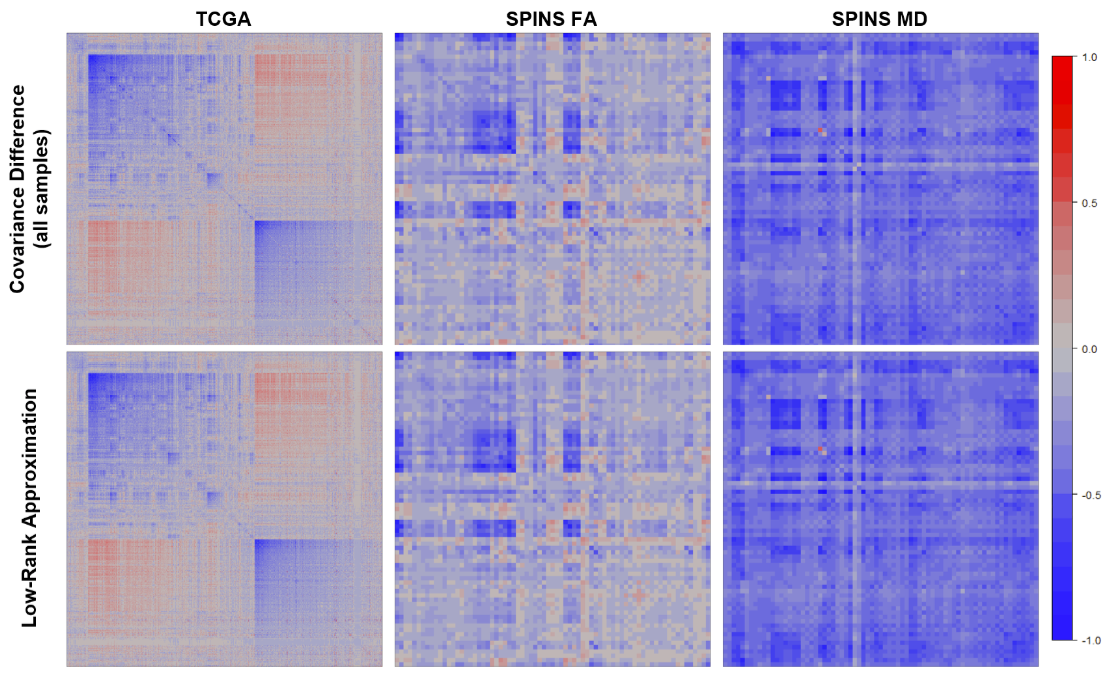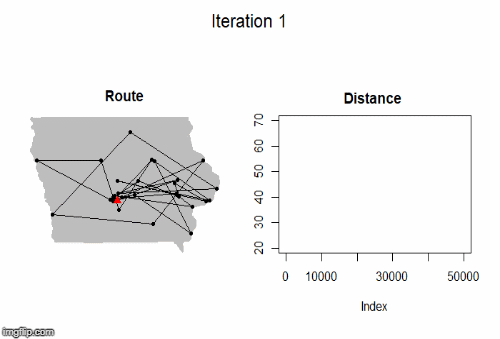Projects
Thesis Research
David Veitch. (2025). Two-sample testing and changepoint detection for high-dimensional data [Doctoral dissertation, University of Toronto]. PDF, ProQuest Link, UofT Link
David Veitch, Yinqiu He, & Jun Young Park. (2024). Rank-adaptive covariance testing with applications to genomics and neuroimaging. arXiv, R Package

Weichi Wu, David Veitch, & Zhou Zhou. (2024). Asynchronous Jump Testing and Estimation in High Dimensions Under Complex Temporal Dynamics. arXiv, R Package

Presentations
Rank-adaptive covariance changepoint detection for estimating dynamic functional connectivity from fMRI data - Slides - March 2024 - ENAR (note this paper was awarded a Student Paper Award at ENAR 2024)
Rank-adaptive covariance changepoint detection for estimating dynamic functional connectivity from fMRI data - Slides - August 2023 - JSM
Powerful Concepts from Nonstationary Time Series Analysis - Slides - May 2022 - UofT Stellar Stats Lightning Talk
Changepoint Detection or: How I Learned to Love the Normal Distribution - Slides - February 2021 - UofT Statistics Student Seminar
Other Projects
Fall 2020 - The Johnson-Lindenstrauss Lemma: Theory, Extensions, and Applications: PDF, Presentation
- The Johnson-Lindenstrauss Lemma serves as the theoretical basis for several random projection dimensionality reduction methods. This paper examines the theory behind random projections, investigates extensions that have recently been made including database friendly random projections, and then explores applying random projections in a regression framework, and a data visualization task.

Fall 2019 - MCMC and the Travelling Salesman Problem: The Curse of Dimensionality: PDF, Github Repository
- This paper analyzes how Simulated Annealing can be applied to the Travelling Salesman Problem. The effect of varying the proposal of new states, employing restarts, and increasing the dimension of the problem are investigated. The results of this analysis show Simulated Annealing is able to effectively find the optimal solution in low dimensions, but struggles to find the optimal solution in higher dimensions.

Summer 2019 - An Algorithm for Forecasting Time Series From the M4 Competition Dataset: PDF, Presentation Slides
- In this paper I describe the forecasting approach I used to forecast a portion of the M4 competition dataset. Specifically I focus on computing forecasts, and their corresponding prediction intervals, for the time series with monthly frequencies found in the M4 competition dataset. The models which I used, and ultimately combined, were purely statistical methods. I also attempt to understand what features of time series lead certain models to outperform others in their forecasting ability.
Summer 2019 - Applications of Machine Learning in Real Estate Markets Literature Review: PDF
- A literature review is presented on machine learning methods that are applicable to the real estate market. The literature is organized into several sections corresponding to the general themes which emerged from the literature. Each article includes an abstract, summary, and citation. As well, for articles where it is not immediately obvious what the application to real estate is, I have included my thoughts on how it could be applied. The literature review includes journal articles, conference papers, and working papers from both the economics and machine learning literature.
Winter 2019 - Modelling Default Rates of Single-Family Mortgage Loans with Multinomial Logistic Regression: PDF, Github repository, HTML
- The primary goal of this project was to create an interpretable model to predict defaults on the Freddie Mac single-family mortgage loan-level dataset.
- This project was done in collaboration with industry partner CPPIB.
Fall 2018 - Predicting Fama French Factors Using Machine Learning Techniques: PDF, Github repository
- This paper applies a variety of machine learning models to the task of predicting two of the Fama-French factors, SMB and HML. For each year of predictions the models are trained on the previous four-hundred months of data. Predictions are made for the period of 1988-2018. The performance of trading strategies based on these predictions are assessed. Our results suggest that machine learning models do possess predictive ability for these factors.
Fall 2018 - Rating the Critics: An In-Depth Look at New York Times Film Critics and the Academy of Motion Picture Arts and Sciences Voting Membership: HTML, Github repository
- This analysis considers three related questions: are film critics from the NYT able to predict box office hits, what kind of storylines do NYT critics favour, and, what best picture nominees tend to win the Oscar.
Fall 2018 - Toronto’s Evolution of Attitudes Towards Real Estate: PDF, Github repository
- This report looks to measure the evolution of Toronto’s attitude towards real estate via applying natural language processing techniques (LDA and sentiment analysis) to newspaper articles.